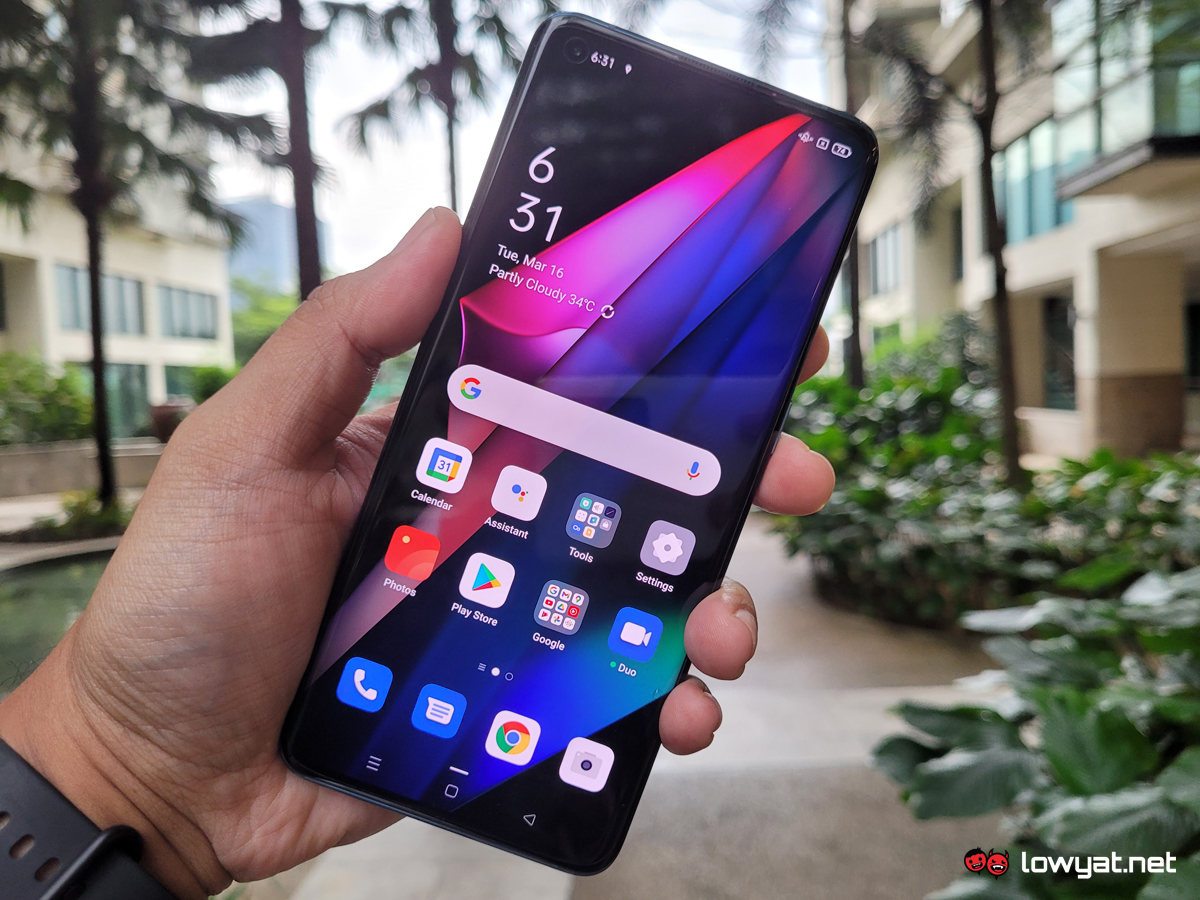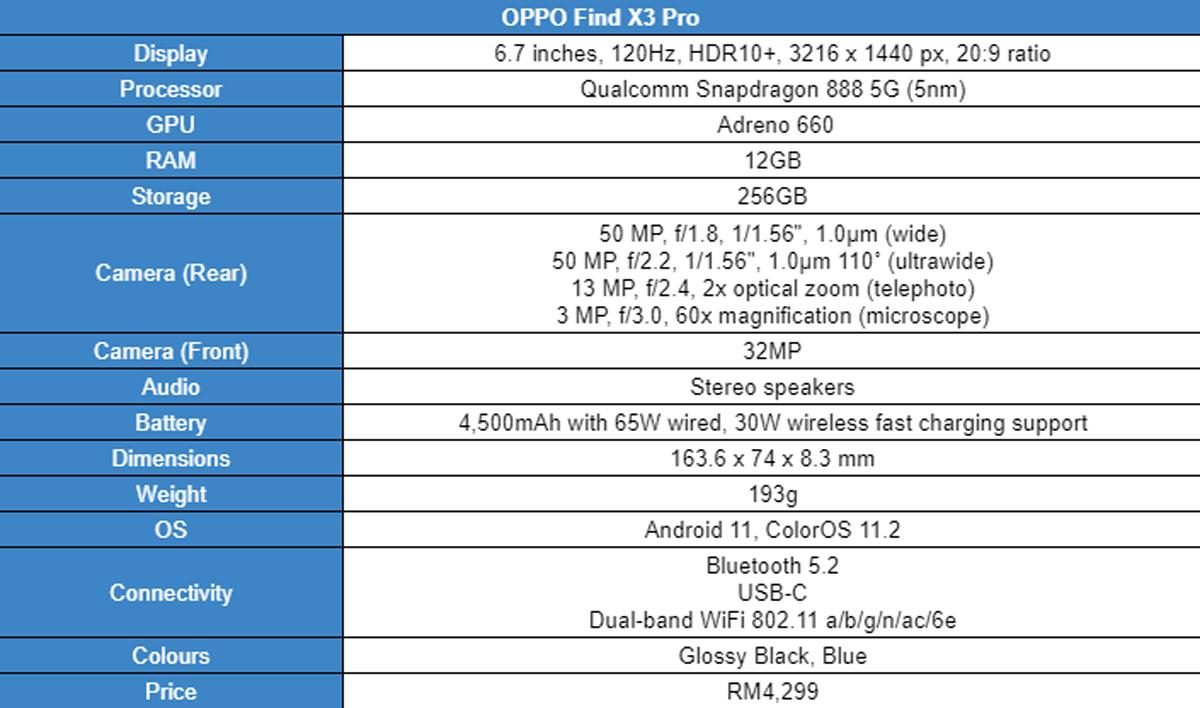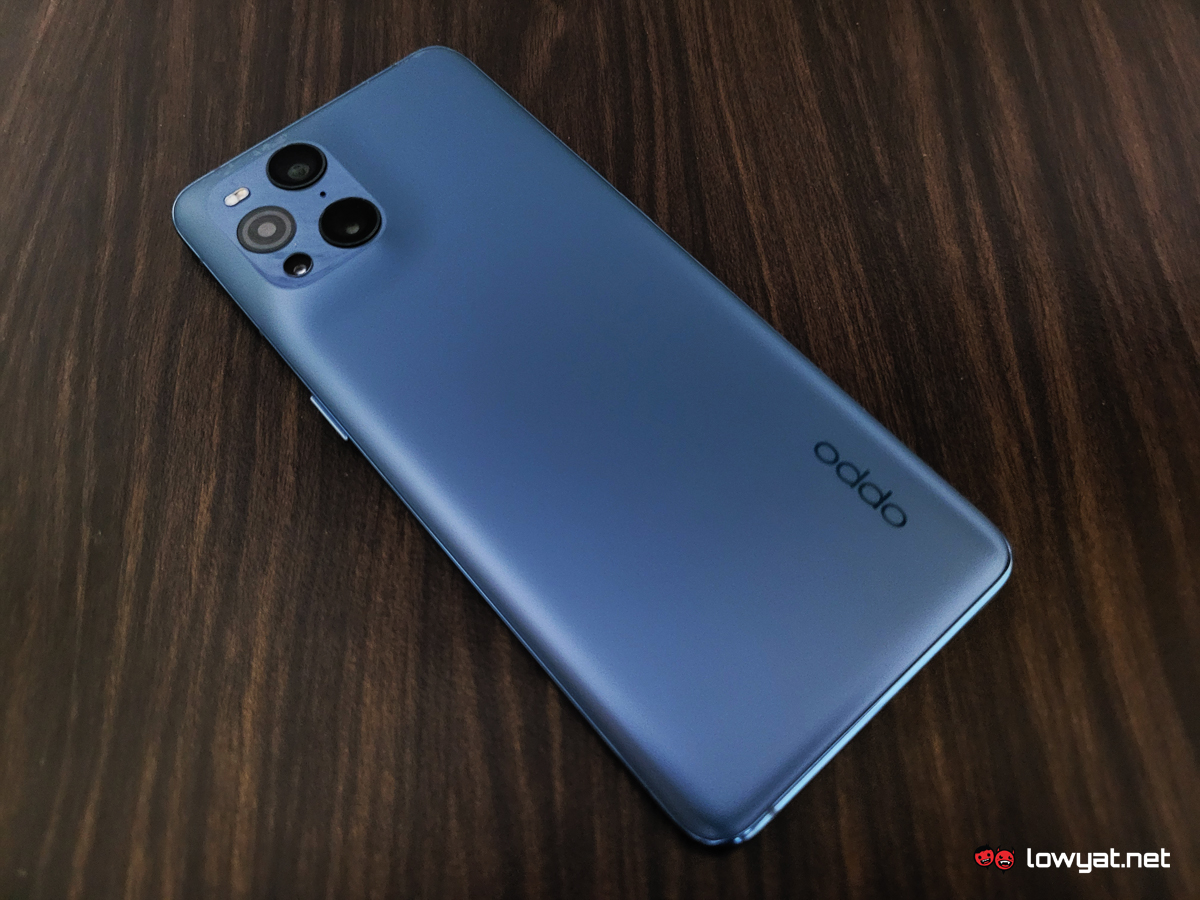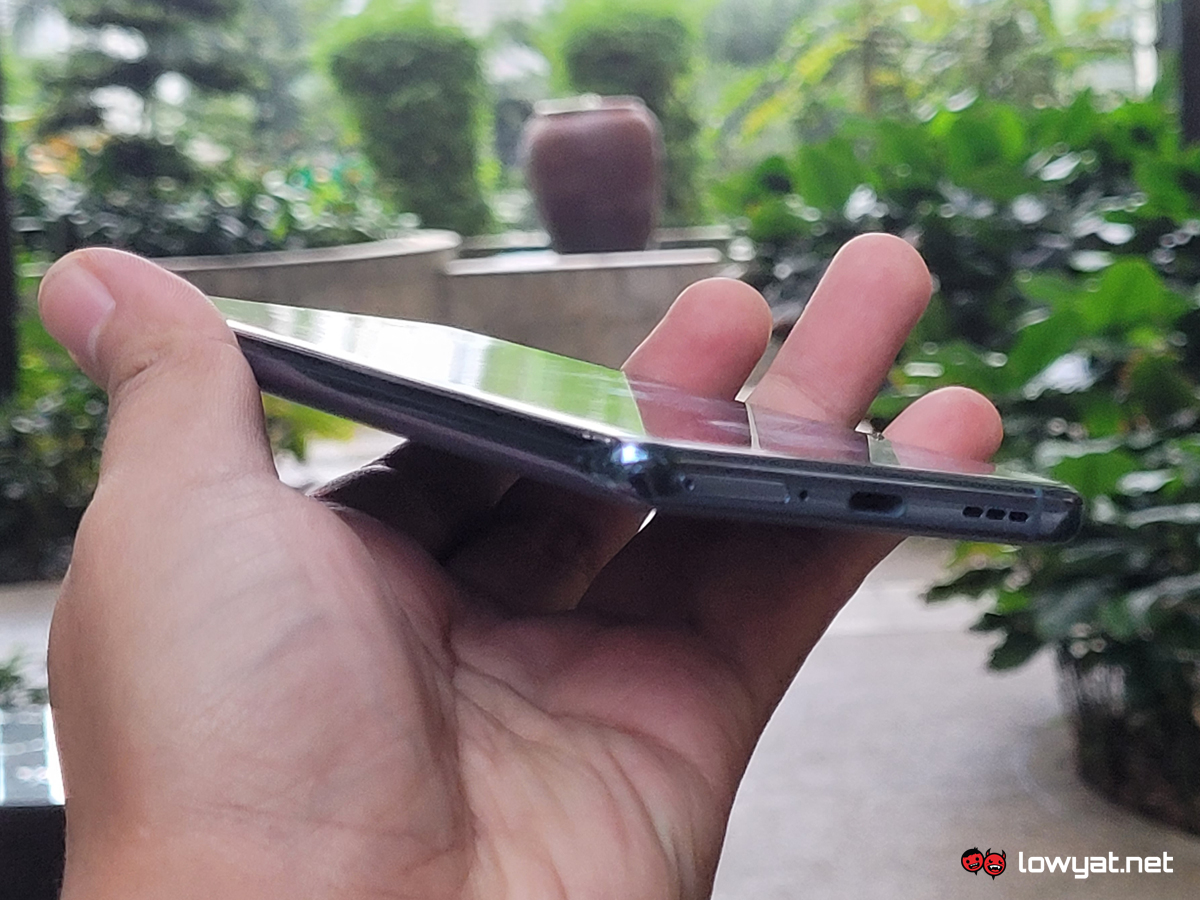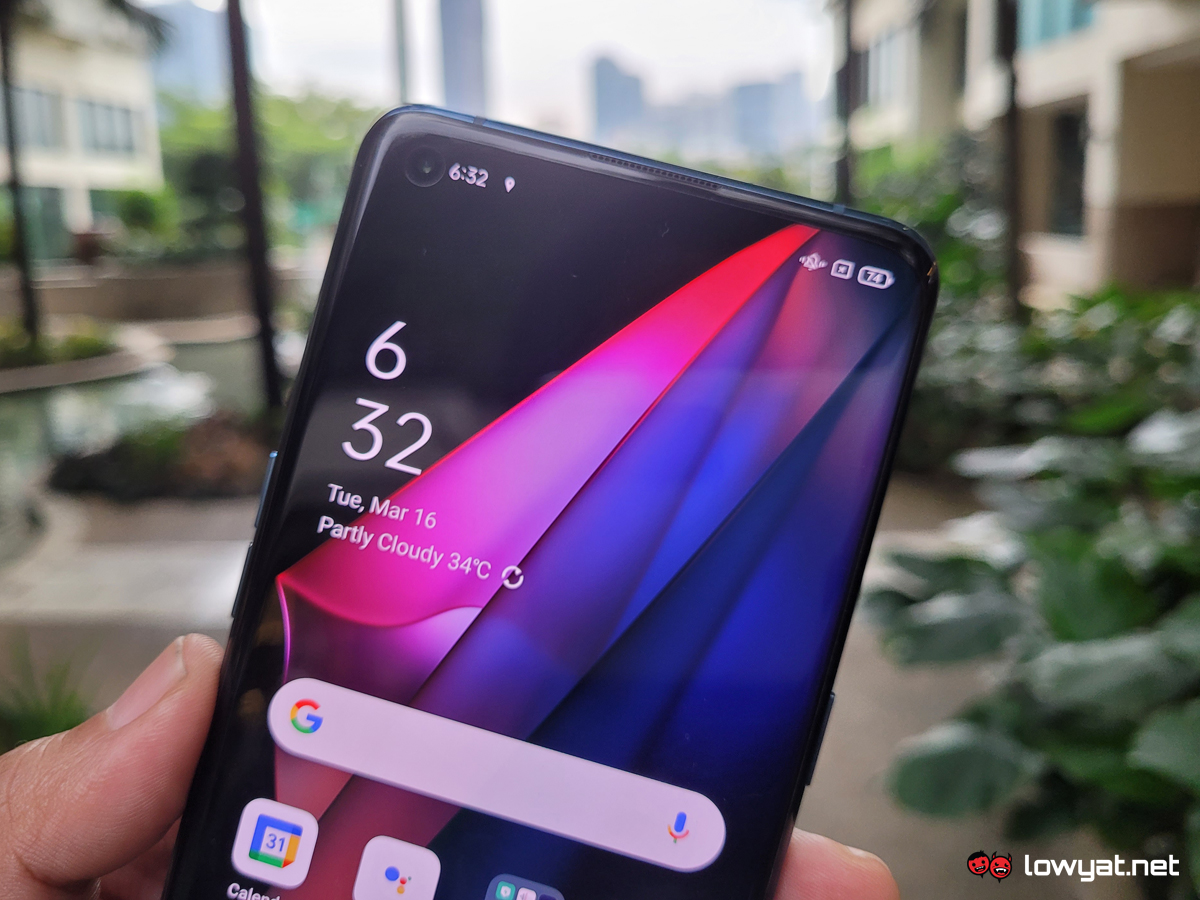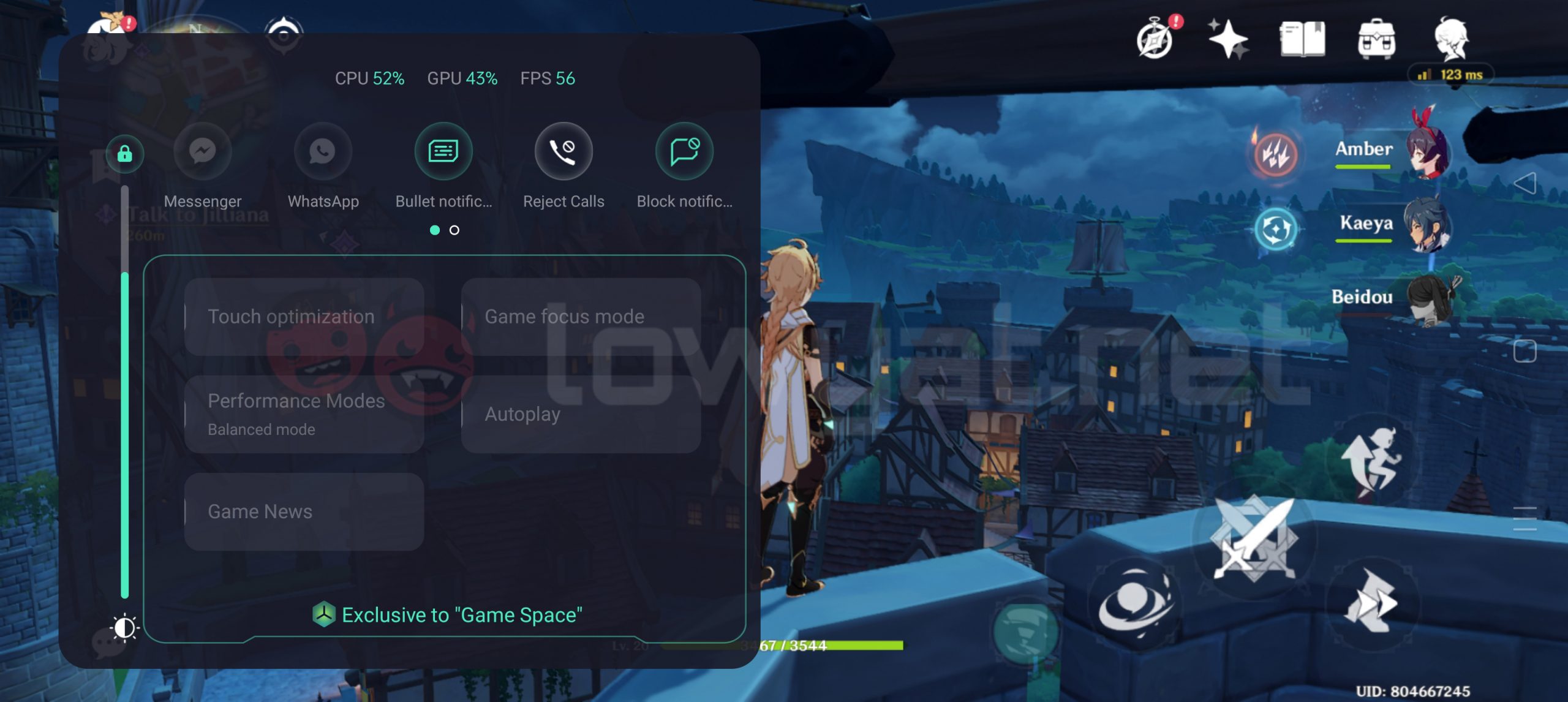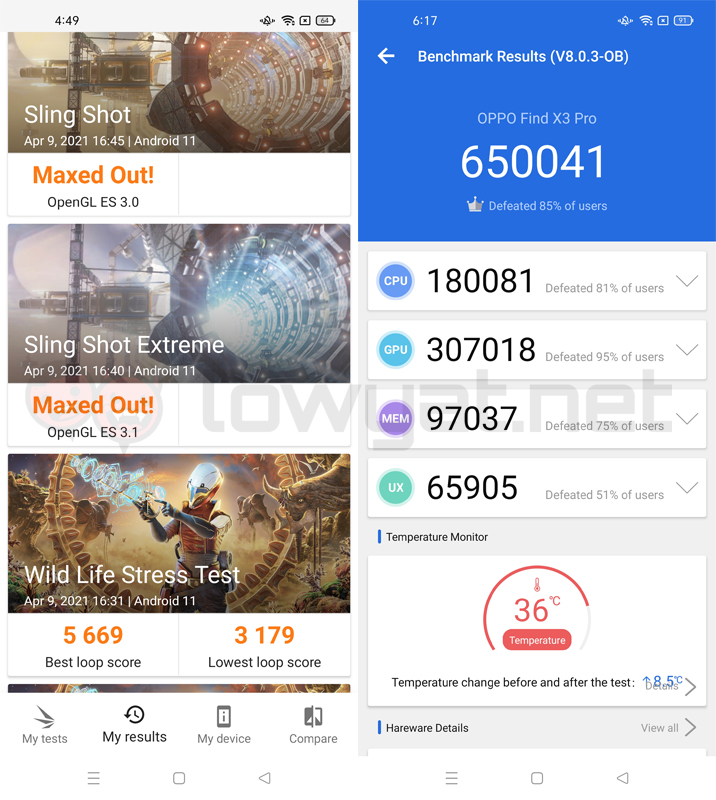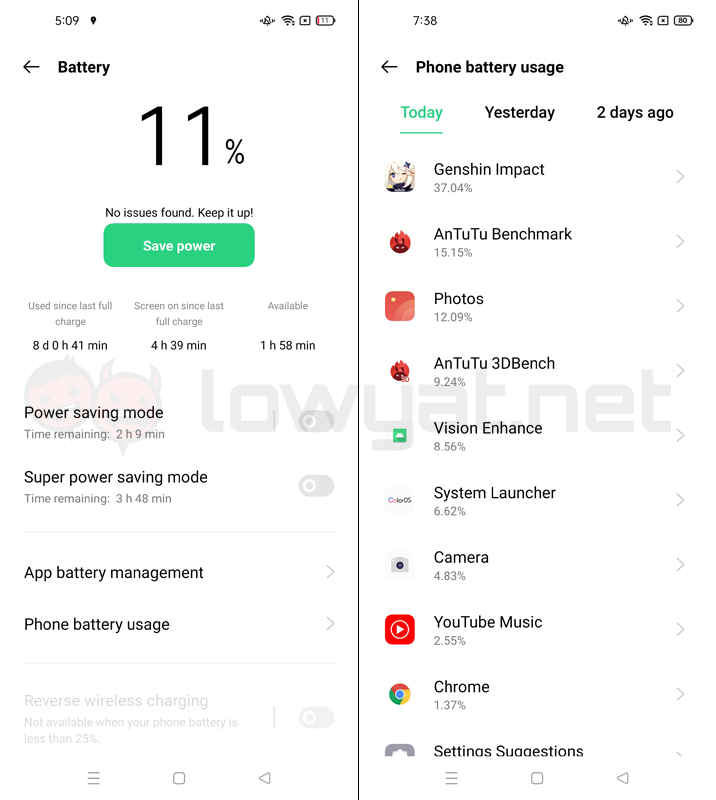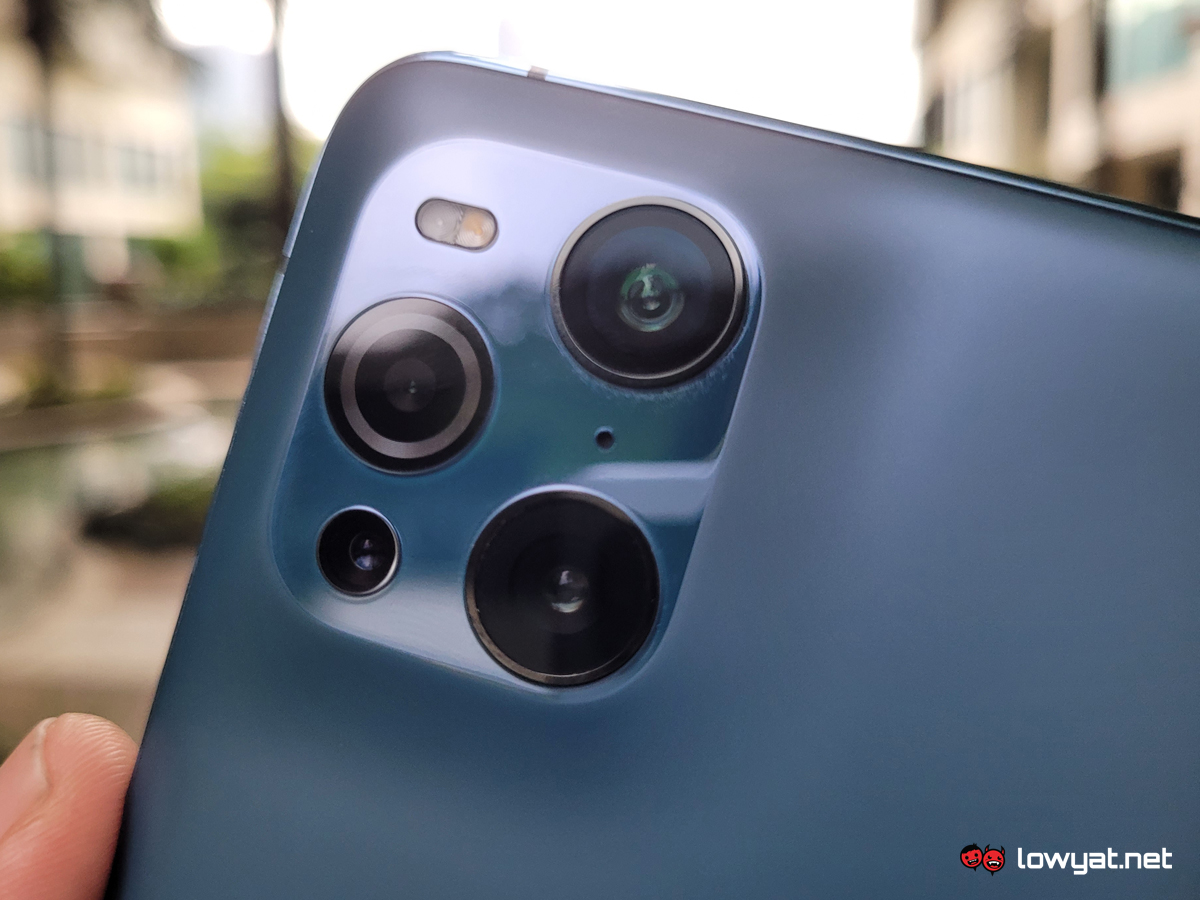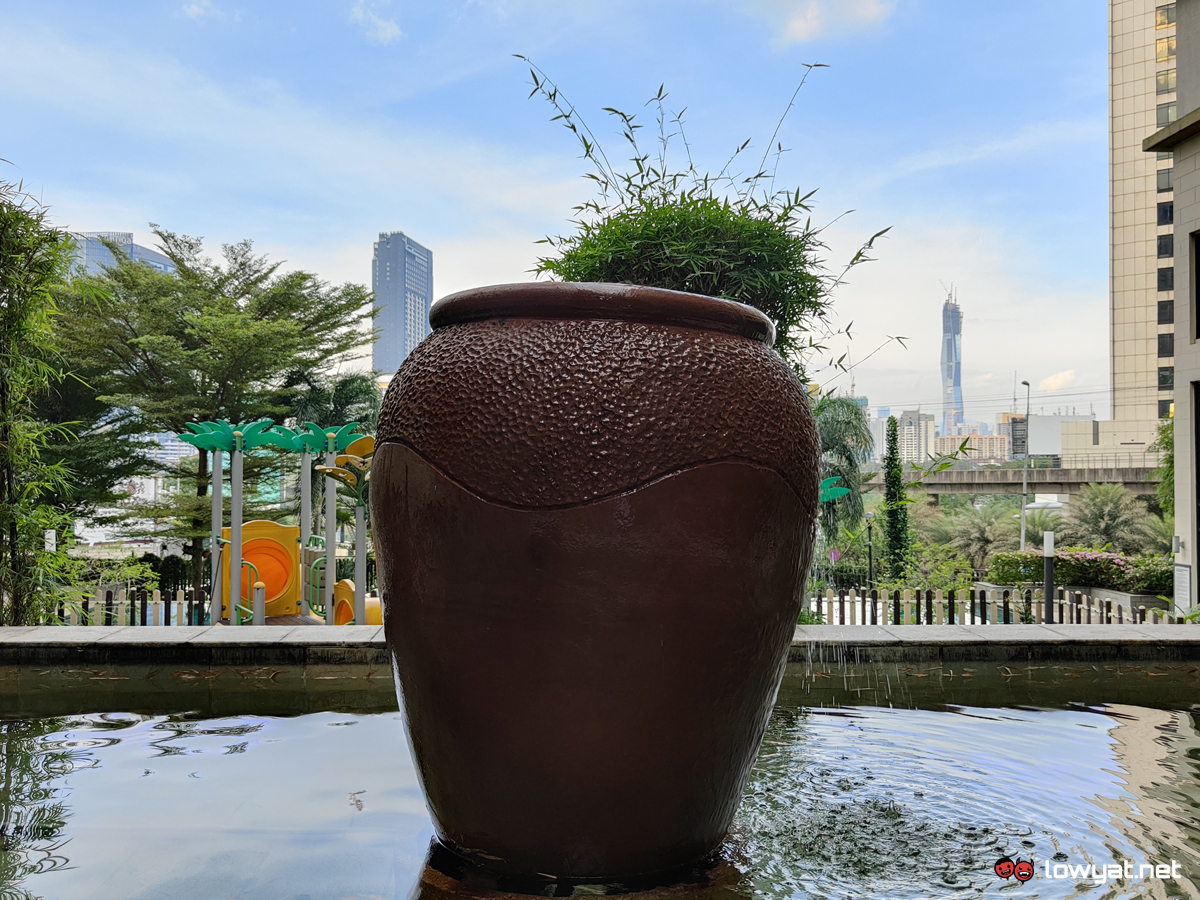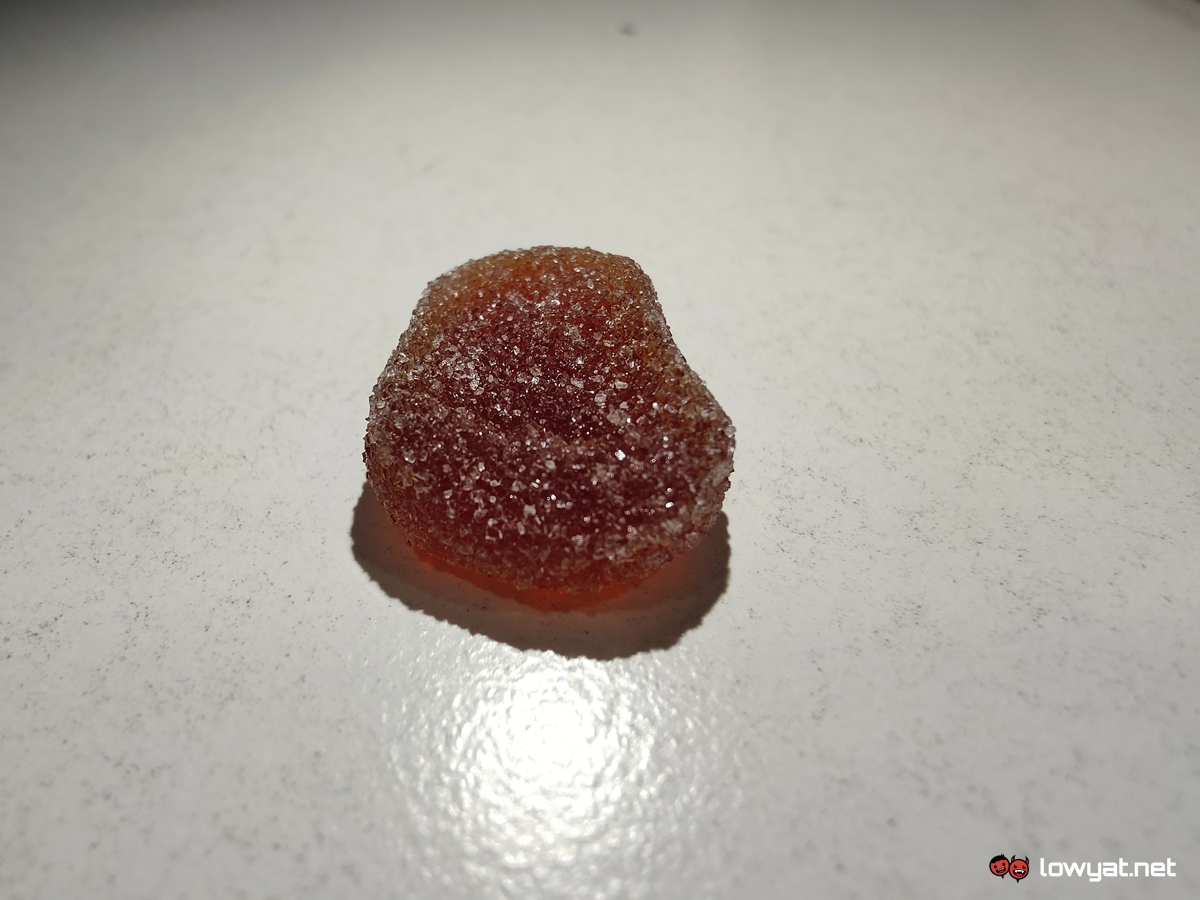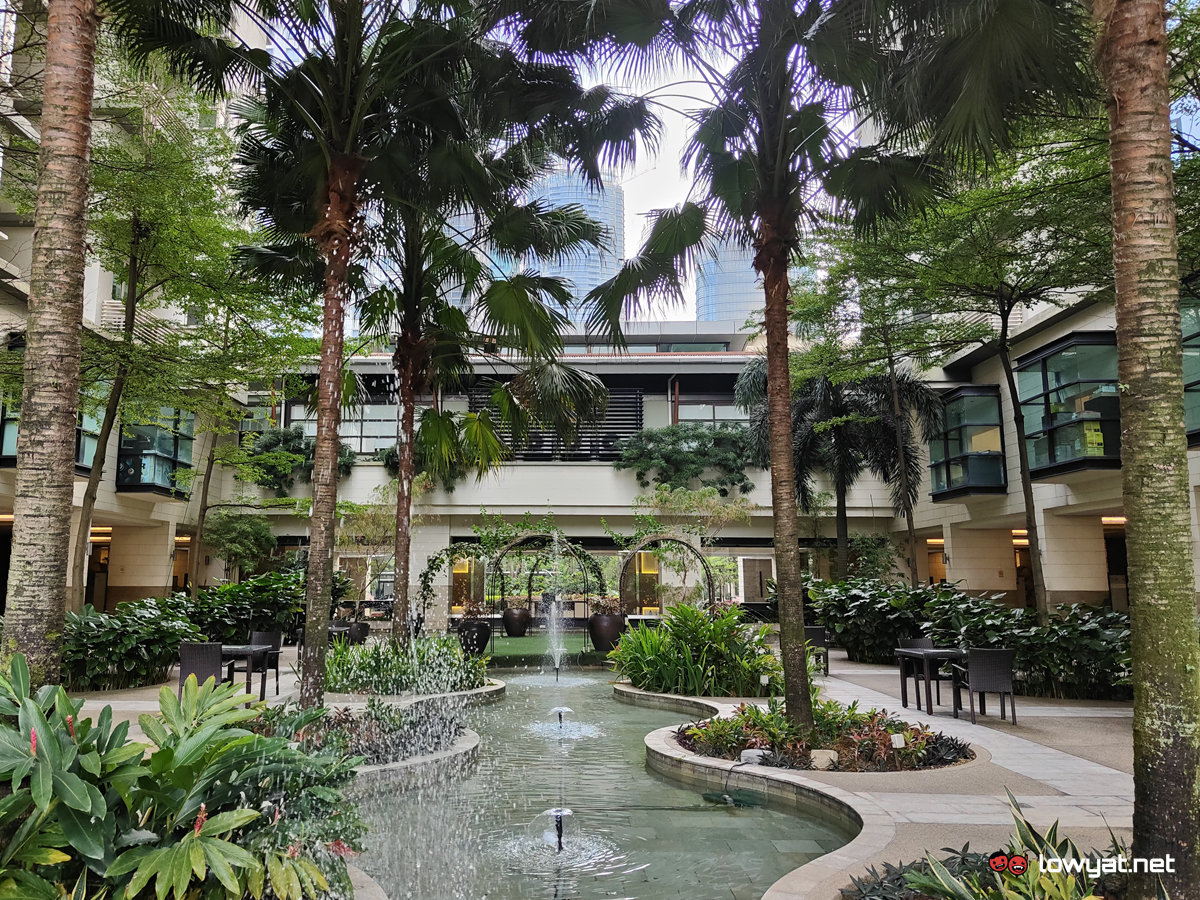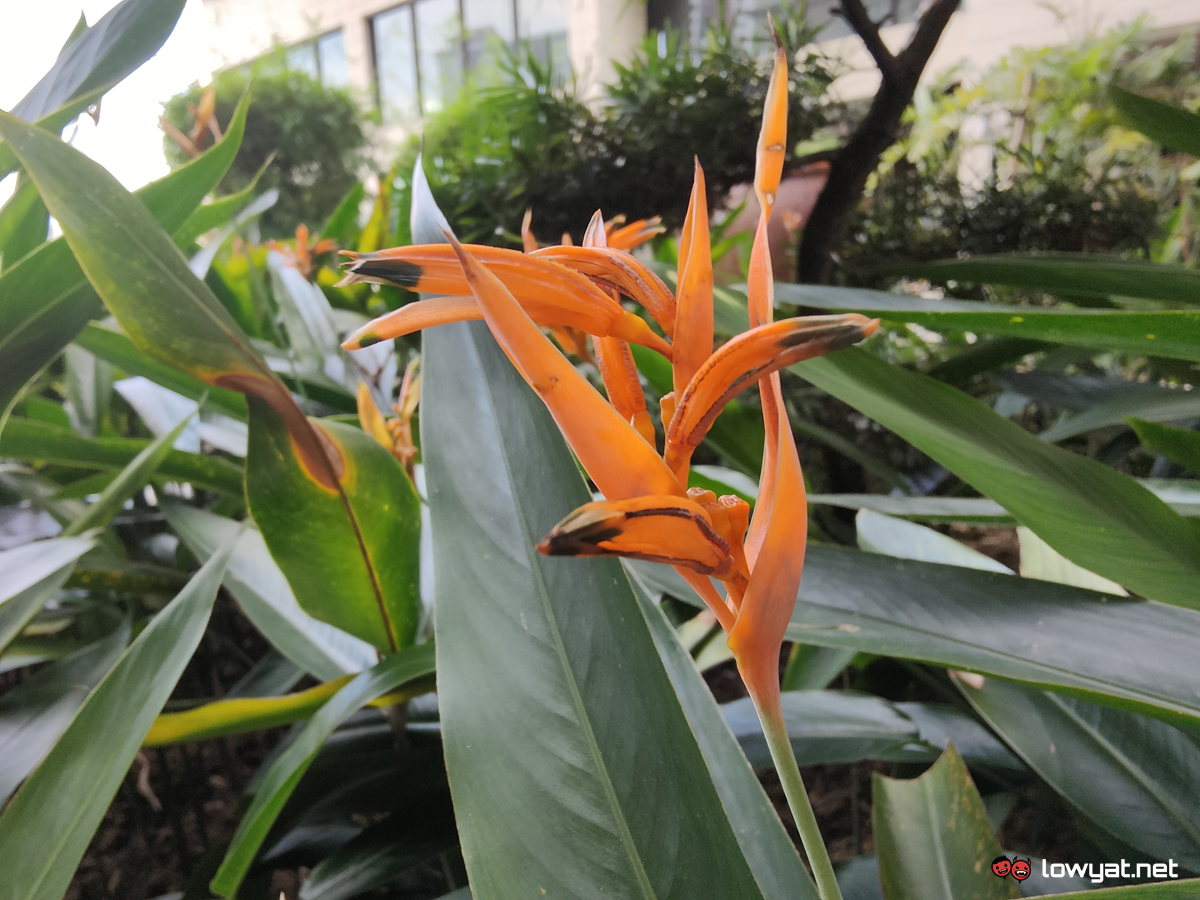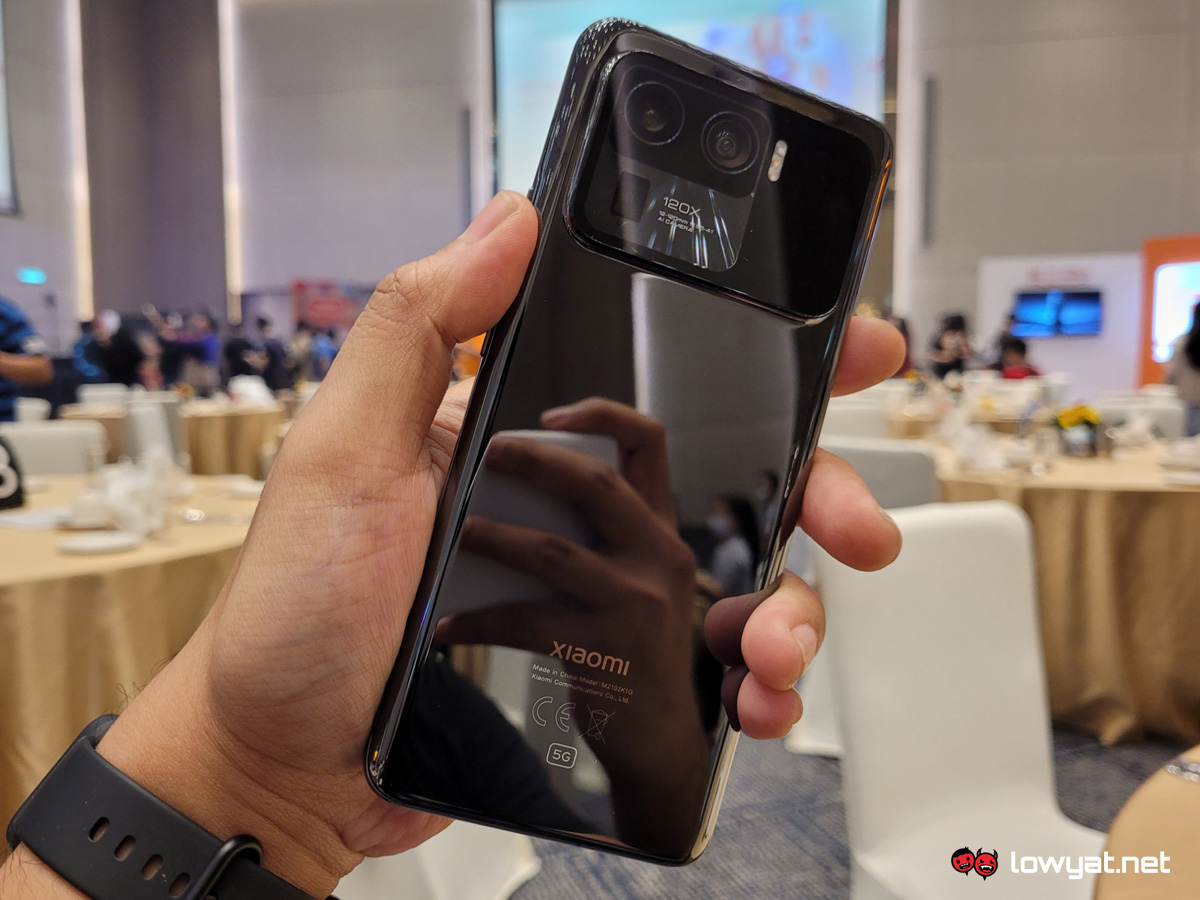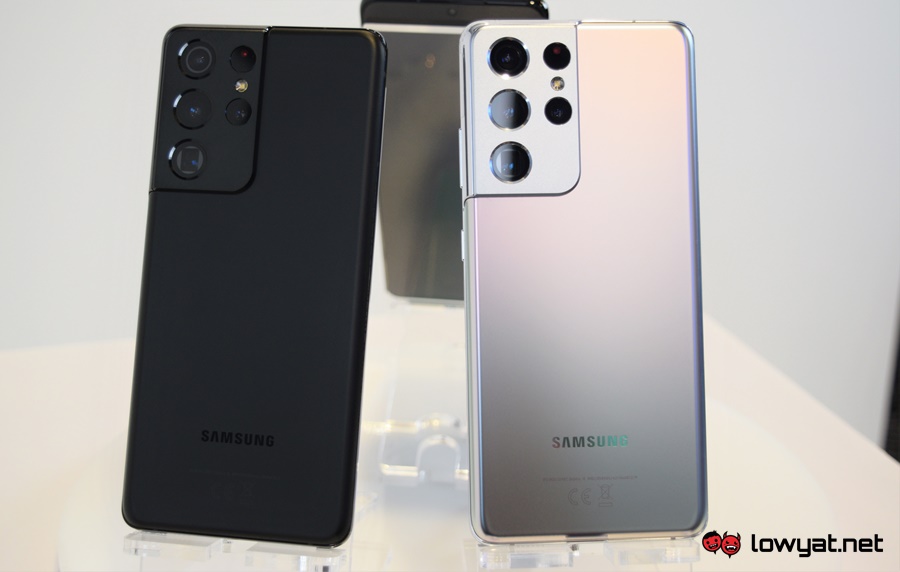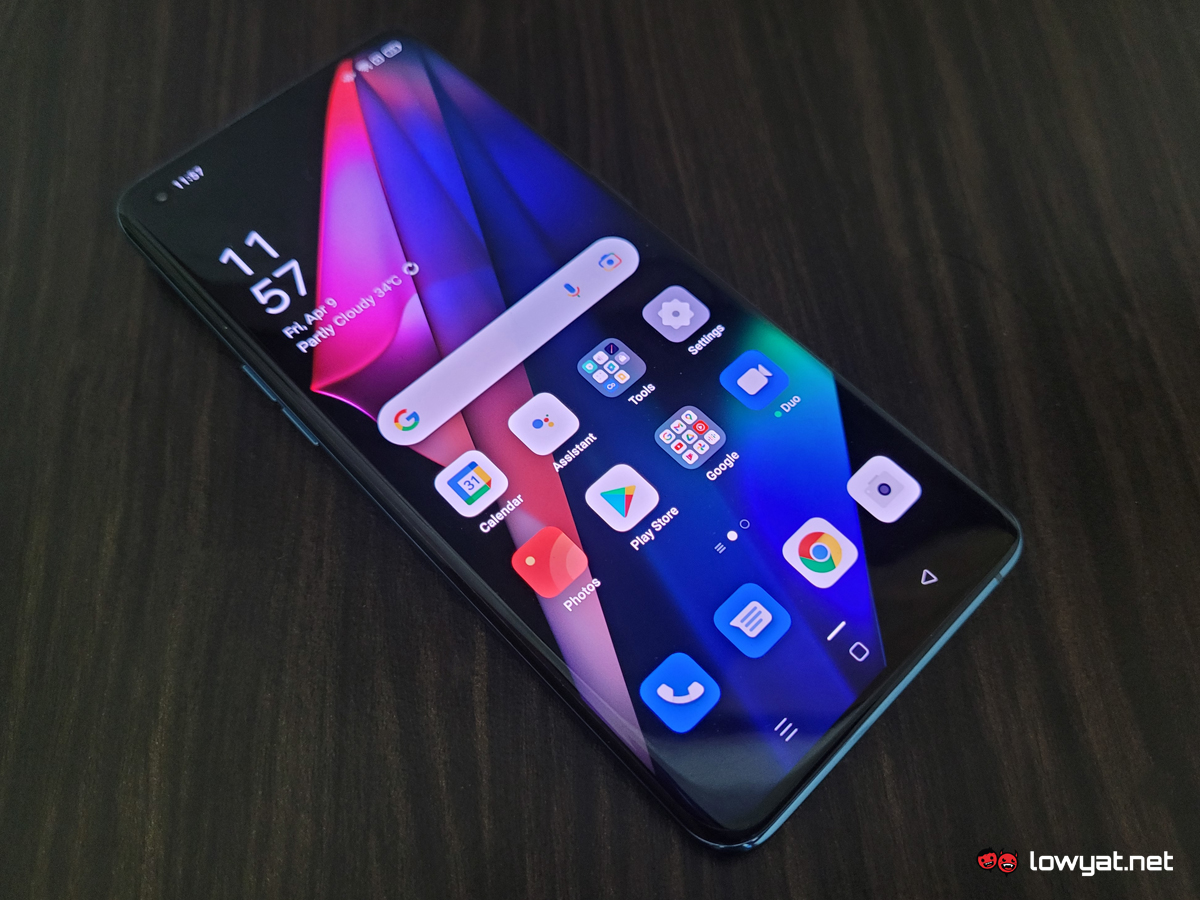While last year’s Find X2 was top-tier in terms of hardware, it unfortunately lacked anything out of the ordinary that would set it apart from its competitors. In contrast, the original Find X featured a slide-out camera system for both of its front and rear camera setups – a trendy feature to have at that time, which also contributed to the phone’s sleek design.
Seemingly learning from that mistake, OPPO has introduced several new innovations and a neat gimmick to this year’s model. These include a fresh new design, unique camera feature, and the obligatory upgrades in hardware. Priced at RM4,299 and with so many flagship competitors now already available in both global and local markets, does the OPPO Find X3 Pro have what it takes to stand above the rest? Let’s find out.
Specifications
The Find X3 Pro comes with a curved 6.7-inch AMOLED display with a resolution of 3216 x 1440px, HDR10+ support, an adaptive refresh rate of up to 120Hz, and an under-display fingerprint scanner. If that sounds all too familiar, that’s because it is actually somewhat similar to last year’s model. Hardware-wise, you can certainly check all of the required boxes to confirm whether the smartphone qualifies as a 2021 flagship device. Onboard is a Snapdragon 888 chipset, paired with 12GB RAM and 256GB storage. Powering the device is a 4,5000mAh battery with 65W wired and 30W wireless fast charging capabilities.
Design
Viewed from the front, the OPPO Find X3 Pro is without a doubt a premium phone, mostly thanks to the curved display – something considered as a staple for most Android flagship handsets in the market. Situated on top of the screen is the phone’s barely noticeable earpiece, which also acts as one half of its dual stereo speaker system. Continuing from that, the second speaker is located on the right of the middle USB-C port at the bottom of the phone, while on its left is the SIM tray slot. In typical OPPO design fashion, the lock button is located on the right hand side of the Find X3 Pro and the volume rockers are situated on the opposite side. Those often go adventuring with their smartphones will be glad to know that the new flagship features an IP68 rating in terms of dust and water proofing. The backplate of the phone is where things get interesting. As I’ve pointed out prior to this, smartphone designs are in great need of a serious makeover due to the overly repeated use of glass covered rectangular or square camera arrays in almost every release, regardless of phone brand. Thankfully, various makers, including OPPO, have realised this and are beginning to introduce new design approaches to hopefully set their products apart from one another.
For the OPPO Find X3, its rear camera array now sports a bump that almost seamlessly blends with the rest of its backplate via a surrounding slope. This gives the phone a sports car-like sleek and smooth design, further enhancing its premium feel. The camera arrangement is now different as well, featuring a left-pointing triangle formation for all of its prominent cameras, which – funnily enough – mirrors the one found on Apple’s iPhone series. In an interesting move, OPPO offers the flagship in two colour options with different finishings. The Black variant comes with a glossy finish, while the Blue option is instead presented with a metallic matte finish – the latter being my favourite of the two. Regardless of which you choose in the end, the Find X3 Pro can feel a bit slippery when held in one hand. Therefore, I highly recommend using the provided silicone cover (which matches their respective colours) for an added grip. Surprisingly, unlike its other 2021 competitors, the Find X3 Pro is currently the lightest flagship smartphone among the lot – at least, in my experience. According to OPPO, the phone weighs in at only 193 grams.
User Experience
Featuring a high refresh rate and screen resolution, I find that the overall visual experience of the Find X3 Pro’s 6.7-inch display quite satisfying when viewing photos, videos and gaming. Images are sharp and vibrant, scrolling and swiping transitions appear smooth, and typing on screen actually feels very responsive. Running in the back is OPPO’s Android 11-based ColorOS 11.2 interface, which is pretty straightforward when it comes to user navigation. The inclusion of new animations for unlocking, charging and so on is a nice touch, and the reduced number of preinstalled bloatware is also much welcomed. In an effort to help users with colour vision deficiency, the brand has introduced a new Color Vision Enhancement feature that calibrates the display’s colours to provide them with “the most comfortable display effects.” The phone’s dual stereo speaker system actually produces decent audio output. It’s definitely not home theater levels of excellence, but enough to allow you to enjoy watching your favourite TV shows or movies and even gaming. The few downsides of this is that the audio will peak at unbearable levels when set to high levels of volume, and handling the phone in a landscape orientation will throw off the left and right output balance due to how each speaker is positioned.
Performance-wise, thanks to the onboard Snapdragon 888 chipset, you can safely expect the OPPO Find X3 Pro to deliver top-notch delivery in terms of multi-tasking, app switching, and especially for gaming. On the highest setting for Mihoyo’s Genshin Impact, the phone is capable of averaging at 60 fps in most cases and would eventually dip down to 50-ish frames in busy locations such as the town square area of Mondstadt. Although, do keep in mind that it does heat up significantly during intense gaming sessions. For your reference, below are the benchmark scores for the Find X3 Pro on 3DMark and Antutu 3DBench.
The Find X3 Pro comes with a 4,500mAh battery, which is a tad smaller than the 5,000mAh capacity featured on some of its rivals. Fortunately, it’s definitely not a slouch when it comes to usage. In my testing, the phone is capable of lasting for more than a day on single charge, and even longer if gaming and media is thrown out of the mix. For my usual daily drive which includes a fair amount of gaming and various media consumption, the OPPO flagship averages at 40% at the end of each day before I retire for the night.
When required, you can utilise the included 65W USB-C charger to top-up its battery in almost no time. OPPO claims that the Find X3 Pro is able to charge up about 40% of its battery capacity in just 10 minutes, which isn’t far off from the truth after testing it out. But as with every smartphone with fast charging capability, its advisable to only charge your phone when necessary in order to reduce the risk of battery depreciation. There’s also the option to activate regular or super power saving modes to further extend battery life. When activating either option, the system will deactivate certain functions and visual elements, as well as reducing the phone’s overall performance to achieve this.
Camera
Housed within the Find X3 Pro’s rear bump is a quad-camera setup which consists of dual 50MP sensors for its main and ultra-wide shooters, a 13MP telephoto, and a 3MP microscope camera. The latter being a unique feature and is, so far, only exclusive to the new OPPO flagship. Featuring a larger sensor and pixel size of 1.0µm, the phone’s main camera is a big leap over its predecessor’s 48MP. Photos taken with the shooter appear more detailed, vivid and sharp, even those shot in low-light environments – although the usual noise-removing “smoothing” effect is still quite apparent in some instances.
Speaking of low-light photography, images shot in near darkness actually retain a good amount of detail even without relying on the phone’s Night Mode. Having the feature activated, on the other hand, would only improve quality in terms of brightness but that’s pretty much it. And, as expected, the phone’s autofocusing ability would continuously struggle when trying to capture a particular subject in such conditions. Featuring the same 50MP sensor, the Find X3 Pro’s ultra-wide shooter produces equally spectacular results as its main camera. To further complement it, OPPO introduced an improved algorithm which reduces (but not entirely eliminates) warping effects that are usually noticed in photos shot on ultra-wide. It’s one of those extras that isn’t entirely crucial, but its availability is appreciated nonetheless. The phone’s telephoto camera is actually pretty good to an extent, but it is nothing to write home about. This is mainly because it is only capable of optically zooming in at only 2x and going into 5x will activate hybrid zooming. Anything more than that (which maxes out at 20x) is done digitally, resulting in photos that look like oil paintings – caused by the camera software’s noise reduction feature. Finally, we have the star of the show: the microscope camera. It is currently the only shooter on a mobile phone that is able to magnify up to 60x, enabling it to capture the tiniest (no pun intended) of details that are not visible to the human eye. Is this feature practical? Well, the answer to that is a resounding “no”, but its inclusion does open up to new photography possibilities and it is pretty fun to play around with. However, as with most gimmicky features, the novelty does wear off after a while.
For videos, the Find X3 Pro can only record up to 4K footage at a maximum of 60fps. Which is quite surprising, as its competitors are already capable of capturing 8K videos. That being said, its absence on the OPPO flagship isn’t entirely a dealbreaker for the general consumer, especially the fact that not many actually own TVs or displays that are capable of displaying 8K resolution or greater.
Sample Photos
Competition
Now that we’ve entered the month of April in the year 2021, the number of flagship smartphones competing against the OPPO Find X3 Pro have increased – especially those that also feature the Snapdragon 888 chipset. In the interest in fairness, I will only mention the flagships that are currently available or are confirmed to be released in Malaysia. That being said, gaming smartphones are considered a category of their own, therefore I won’t be including models such as the ASUS ROG Phone 5.
Xiaomi Mi 11 Ultra
If you recall from our previous coverage of the Mi 11 Ultra, Xiaomi’s high-end flagship features some similar specifications as the Find X3 Pro in terms of SoC, memory configurations and IP rating – hence why I picked this model over the standard variant for this segment. Differences include the phone’s larger screen size at 6.81-inches, 40MP selfies camera, larger 5,000mAh battery capacity, and faster 67W charging speed for both wired and wireless approaches. Meanwhile on its back is a 50MP Samsung GN2 which features an even larger pixel size at 1.4µm. Accompanying it are dual 48MP sensors for its ultra-wide and telephoto cameras. Also not forgetting the Xiaomi Mi 11 Ultra’s unique feature: a secondary 1.1-inch AMOLED display on its back. Surprisingly, the latest Xiaomi flagship shares the same price as the Find X3 Pro, which is at RM4,299. However, the phone will only arrive in Malaysia on 23 April.
Samsung Galaxy S21 Ultra
The only non-Snapdragon 888 device in the list, but still a popular competitor flagship smartphone nonetheless. The Galaxy S21 Ultra is equipped with a curved 6.8-inch display with 120Hz refresh rate, and a resolution of 1440 x 3200 px. Under its hood is an Exynos 2100 chipset, paired with up to 16GB RAM and a maximum configuration of 512GB for its internal storage. Powering the phone is a 5,000mAh battery, but with a slower charging speed of just 25W via USB-C and 15W via wireless. Situated on its stylish rear camera array is a quad camera setup consisting of a 108MP main shooter with a pixel size of 0.8µm, a 10MP periscope with 10x optical zoom, 10MP telephoto with 3x optical zoom, and a 12MP ultra-wide sensor. Housed in a punch-hole cutout in its main display is a 40MP selfie camera. In terms of price, the Samsung Galaxy S21 Ultra comes in with a very hefty tag at RM5,299 for the 12GB + 256GB configuration. Meanwhile, the beefier 16GB + 512GB version is priced at RM5,899.
Conclusion
All in all, the OPPO Find X3 Pro isn’t the purest thoroughbred of the bunch. But its solid performance in the display and internal hardware department, as well as its refreshing design deservingly earned it a spot among the top 2021 flagship offerings thus far. Its unique selling point, the microscope camera, is nothing more than just a gimmick at the end of the day. However, it does make room for some fun and interesting photo opportunities which are not offered by any other smartphone of its class. Indeed, the premium price tag makes the Find X3 Pro a tough smartphone to recommend. But if you’re looking for a straightforward handset with a sleek design, incredibly light weight, exceptional hardware performance and a fun imaging setup; then do consider this new OPPO flagship.
